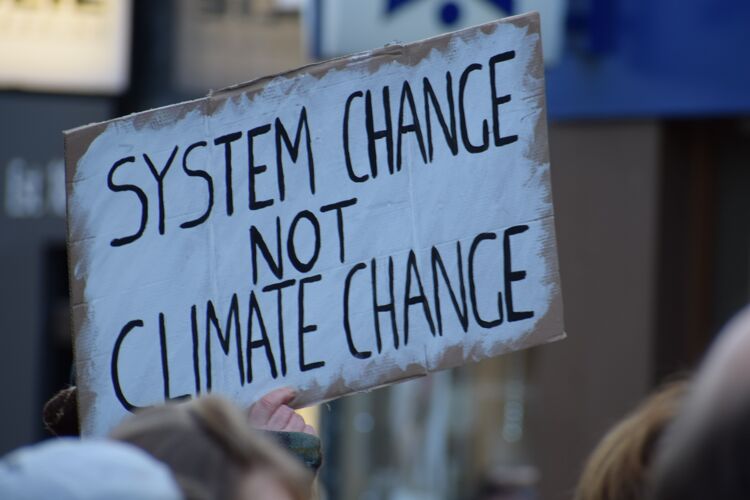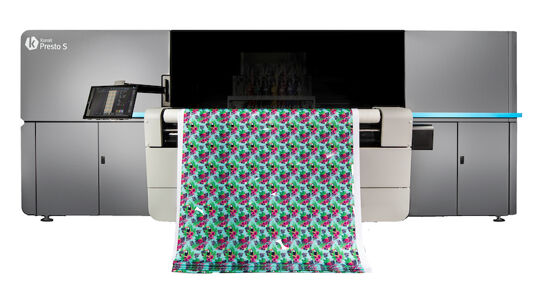Climate and energy – planning for tomorrow

Clare Taylor discusses the strategy for fighting climate change, reducing carbon emissions and ensuring energy use is efficient.
The energy price crisis has been sharing headlines with climate change impacts of heatwaves, water shortages, floods and wildfires.
All this is making obvious what many have known for decades – we need to be more energy efficient, we need to reduce carbon emissions and we need to prepare for a changing climate.
I wrote an article earlier in the year about preparing for climate change risks and touched on energy efficiency and emissions reduction in a subsequent article about decarbonising the future. So the focus here is more about strategy.
Much is talked about the pathway to Net Zero, but the term is not universally understood. The basis of it is from reports by the Intergovernmental Panel on Climate Change (the IPPC) and the 2015 Paris Agreement, in which it was written – and I paraphrase – that the overall global greenhouse emissions would need to be balanced by their removal. The global element is important: in some places more will need to be removed than emitted to balance out areas where more are emitted than can be removed. But overall, they must go down, not simply be moved elsewhere. The same Agreement also noted that global emissions would need to peak urgently – that is reach the point where they stop rising – and then to reduce rapidly to achieve this balance.
This, in short, means that reducing our greenhouse gas emissions (GHGs) needs to be our initial focus, which fortunately ties in with our need to reduce energy bills.
Even if you are not planning to take a formal approach to Net Zero, the principles are helpful to understand and use when planning energy efficiency measures.
Guidance from both environmental and government bodies, with some variations in detail, is usually based on the same hierarchy:
Following the Net Zero path doesn’t just involve what you do directly but encompasses your entire value chain; for most businesses what are called ‘Scope 3 emissions’ – those from your value chain – are significantly higher than Scopes 1 and 2 (direct emissions, such as those from burning fuel, and emissions from purchased energy). Your activity can therefore be included in the Net Zero plans of your customers or suppliers, and you should consider theirs within your own.
Looking at the hierarchy, ways to avoid emissions mainly come from top level strategy and investment decisions. Good opportunities could arise should you be moving premises, considering changes to your business – perhaps moving towards goods and services with lower carbon emissions than you are currently offering. or investing in new equipment. Investment decisions would include a wide range, from what you do on-site to where you invest for your company pension plans.
Implementing energy efficiency schemes directly reduces energy bills. Behaviour-change programmes to encourage staff to turn off lights, computers, monitors when away from their desks, air conditioning or heating in empty meeting rooms, compressors and any other energy-using equipment left on standby are often overlooked but can be very effective and put in place while you are researching additional opportunities. Low-cost options include draught exclusion and planned maintenance of energy-using equipment, particularly compressors, boilers and air conditioning. Automated controls for lighting reduce wasted energy, and the principle can be expanded to full-scale building management systems. Continuing to use video conferencing to replace physical travel reduces fuel costs, wear and tear on vehicles and non-productive travel time; trains instead of driving can allow working while travelling if outside the crowded times. Other improvements, more costly but usually with fast payback times, include upgrading lighting if you haven’t already done so and improving building insulation: this reduces both heat loss in winter and overheating in summer.
To find what is likely to be most effective for your business and your building, gathering data to track consumption and looking to see how it ties in with building occupancy, productivity and external temperatures is valuable. Thermal imaging (cameras can be hired) can identify where heat is lost in winter.
Adding renewable technology such as photovoltaic panels sits at the next level down of the hierarchy, as the best outcomes are achieved if you’ve already reduced energy consumption. So does switching to purchasing electricity from a renewable source.
Some substitutions may only indirectly reduce carbon emissions, so are hard to measure and may not reduce costs. Using materials that generate lower carbon emissions during their life cycle, whether in their own harvesting or manufacturing processes, in how you work with them or at end of life can make quite a difference – but you do need enough information to be able to tell. For anything of this nature, although there may not be a direct cost benefit there may be competitive advantage, as you can reduce the carbon footprint of your products, thus helping your customers reduce theirs.
Compensating or offsetting comes last, both financially and environmentally. Not only is it an additional cost to your business, but it rarely can facilitate the deep cuts that are needed urgently. Offsets currently have a place but are not a substitute for direct reduction; they supplement it.
Topics
Interested in joining our community?
Enquire today about joining your local FESPA Association or FESPA Direct
Recent news
.png?width=550)
FESPA Middle East 2025 Overall Highlights
It has already been 2 weeks since we opened the doors on the 2nd edition of FESPA Middle East.

How will Fiery simplify print processes and enhance their user experience
In this podcast, Debbie McKeegan interviews Michael Chramtchenko, Chief of Staff, Sales and Marketing at Fiery, discussing the company's innovative software solutions for the print industry, particularly in garment decoration.

What is digital textile printing and what are the opportunities?
Nessan Cleary shares how textile printing covers a wide range of different market sectors which vary in opportunities. Nessan discusses sportswear, direct to garment and home décor.

Vote now for the FESPA Awards’ People’s Choice Award!
The voting for the prestigious People's Choice FESPA Award is now open until 7th February where those in the industry have the opportunity to vote for their favourite entries, celebrating the exceptional talent in the industry.